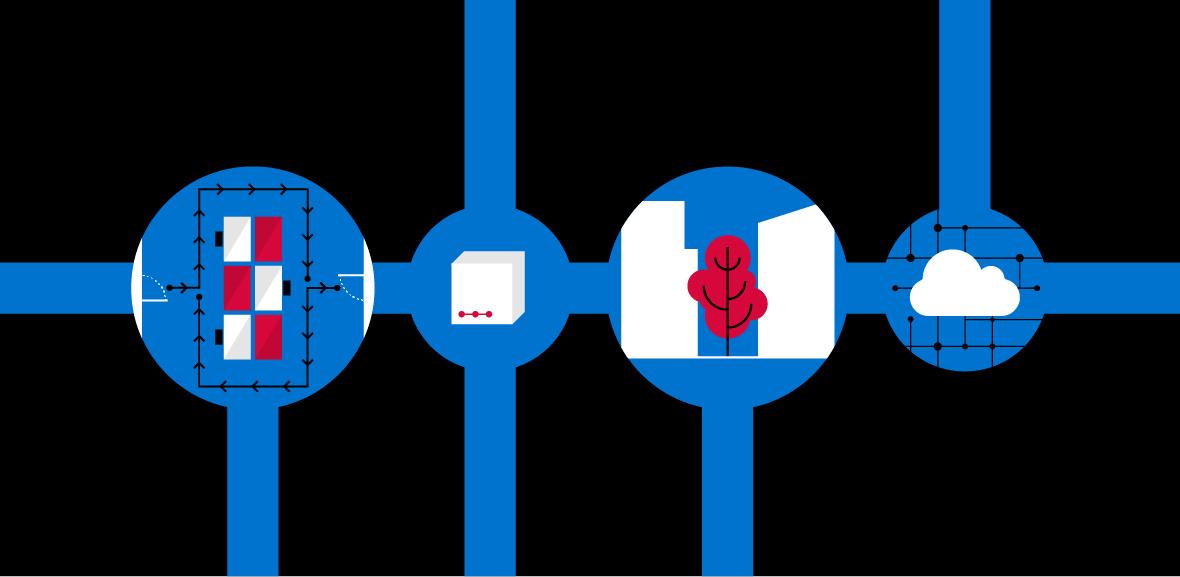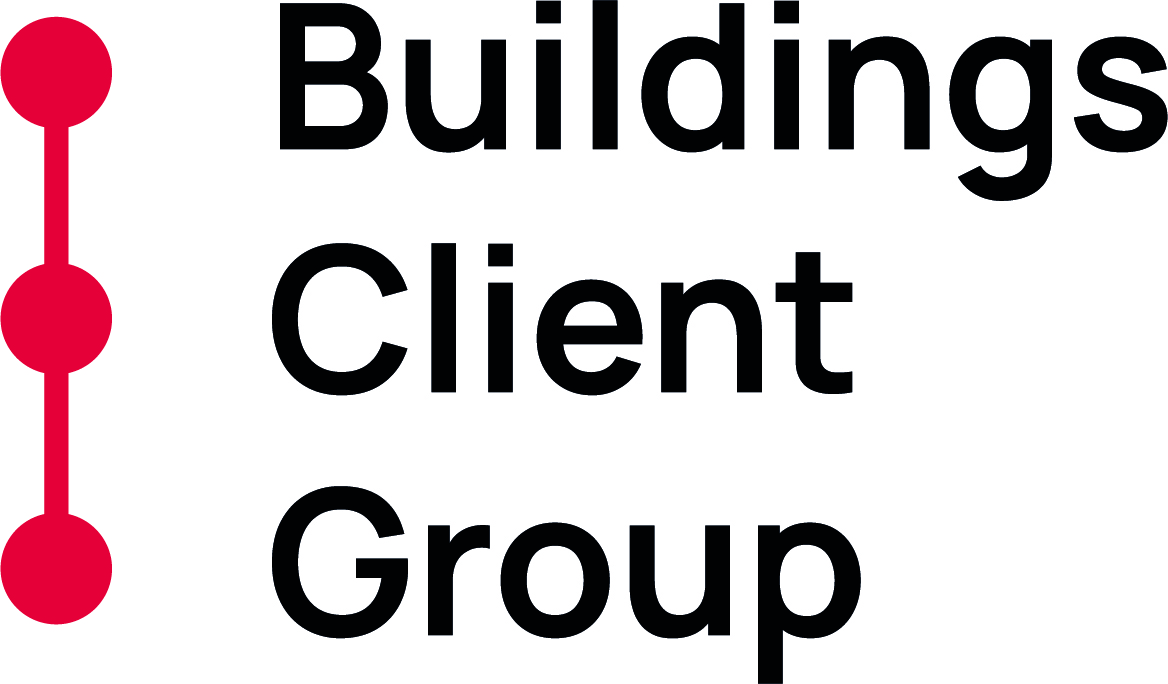
Submitted by Angela Walters on Tue, 07/07/2020 - 11:24
The Buildings Client Group is a members group consisting of leaders, directors and decision makers from across the property sector. Members focus on creating step-change within their own organisations, and ultimately across the sector, through the implementation of emerging digital practices. Recently Buildings Client Group members were invited to share how their organisations have been implementing digital measures in response to the COVID-19 crisis. Through sharing their individual experiences in this confidential forum, members were able to learn various ideas and strategies for being more adaptable and agile in the face of a crisis and how to implement change in order to build resilience for the future.
Digital Responses to COVID-19
The COVID-19 crisis has prioritised the need for the property sector to focus on managing health and wellness in buildings, ensuring that buildings are not only productive but also safe and secure for their inhabitants and constructors.
- Keeping things moving – Although at different stages of digital maturity within their organisations all members were able to report that, despite challenges around remote working, their businesses were able to operate.
- The need for transformation – all members agreed that this crisis has highlighted the need for further digital integration within their organisations to assist with the current situation as well as to prepare for future challenges.
- Shaking things up – “This has been a shot in the arm for the construction sector”. This crisis has affected all areas of industry, however for sectors such as property there can be no going back to the ‘old ways’.
- Long term impacts – This crisis is not just about finding short-term solutions to managing issues such as enabling your workforce to work remotely (and safely) – it has long-term legacy impacts on how we design and plan for the future to ensure safety, rebuild confidence and create resilience against future risks. “We need to look at more long-term future solutions also as things won’t be returning to ‘normal’ all that soon.”
The Current Situation
- Remote working – all members have implemented remote working within their organisations, utilising a range of platforms “What we are looking at more now is how we can operate design teams remotely – or even split remotely –…when you’ve got people returning to work and some staying at home”
- Early adopter benefits – The more digitally mature members have realised the tangible benefits of earlier investments. “We’d been through quite an extensive digital Transformation programme when we relocated our headquarters office a couple of years ago… and when we did that, the digital support for the business was moved to the Cloud – everyone was issued with a Surface Pro, so everybody in the business had the ability to work from home which meant we were able to enact that very quickly” “We’re now looking at our buildings and how to manage people returning to work – calculating available space and trying to draft one-way circulation….having spent the last 18 months gathering data and getting 3D BIM models of each building we’re very lucky that we have all that data existing and also that it’s stored in one place. We’re seeing the real benefits of that now.”
What the Future Holds
- Privacy Considerations – Introducing further data-mining processes can present challenges around what’s considered personal data and the protection of it, e.g.: thermal imaging cameras in use at airports. “…Thermal imaging requires permission to take the image, even if it’s not then stored, and it’s likely classified as personal data“
“The government needs a clear stance on how such technology can be used.” - Green Spaces – From open, public spaces to residential developments, there is an expectation that more green spaces and a focus on biophilic design principles will be demanded by users/tenants/buyers. It’s also essential for the design, maintenance and operation of public realm to address the security of crowded spaces. “We need to look at how we design, maintain, operate and run public realm…from the design of street furniture to the focus on public health and wellness (Healthy buildings) being the building blocks of the built environment…with more nature and fresh air being brought into buildings.” “People are now increasingly interested in maintaining green spaces for home-farming…(There’s a focus on) Planning demarcating areas within build-to-rent plans to accommodate home/kitchen gardens.”
- Supply Chains – The supply chain is a key consideration for the property sector especially for development programmes, which rely on stable and timely deliveries of materials. In the face of a global crisis which limits travel it can create considerable delays. “There is an opportunity to accelerate focus on localism (within the supply chain) as if materials have to be imported from lockdown countries it creates delays – supply chain is a huge issue and is being reviewed as to how to create resilience in the face of something similar in future.” “We’ve even gone down to how we can digitally quality assess materials offsite, making sure it’s of the right quality without having to go to the manufacturing plant so that it’s delivered on time to site.”
- User journeys – Every aspect of user experience within buildings are now under review with many long-term implications being tested. For some, these plans (such as QR code entry, frictionless registrations and digital guest books) were already in development but have been accelerated in response to occupier demands. “Some occupants within multi-occupancy buildings have said they don’t want to allow any visitors, or anyone who’s unannounced.” “We’re looking to enable screens to show people what the space is running at – for example; density in washrooms and lift lobbies – so people can get that comfort”
- Opening space – The increased need for space (to comply with social distancing measures that are likely to be in force for some time yet) is influencing new driving designs. Existing buildings are being reviewed to ensure workers remain 2 metres apart at all times. Will our new buildings have lifts which are wider and fatter (as opposed to thin and narrow) to allow for more social distancing as people enter and exit? This is not without extensive challenges…”Currently buildings can only really implement 2 metre social distancing with buildings operating at 25% of capacity, so the likelihood of returning to work within 3 months is looking unlikely.”
- In the Cloud – Many companies aren’t cloud-based at present, so the majority of staff being kept onsite are IT support staff. This situation will likely accelerate the move to digital platforms being hosted and maintained in the Cloud. As a result,companies will need to review and get a more thorough understanding of the security implication of cloud-based services to ensure it meets their needs. “There’s been a seven-fold increase in cloud-hosted solutions in recent times.”

